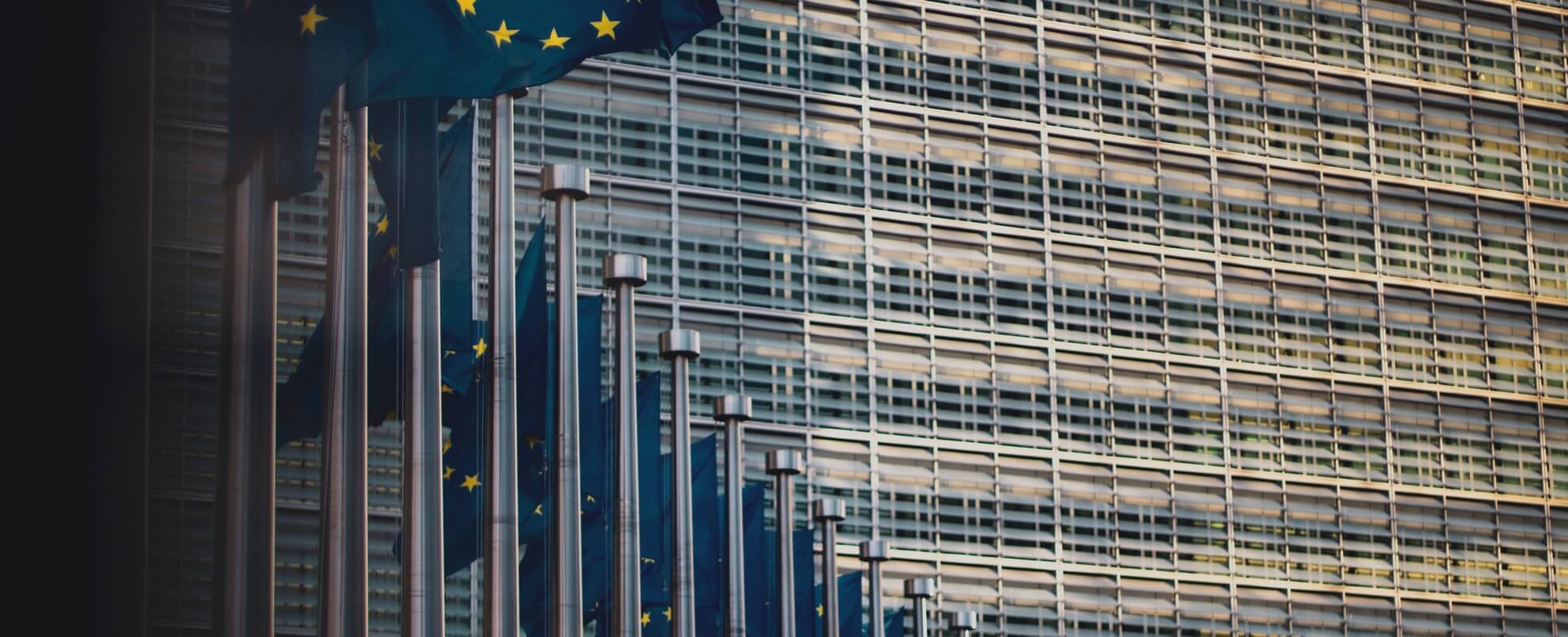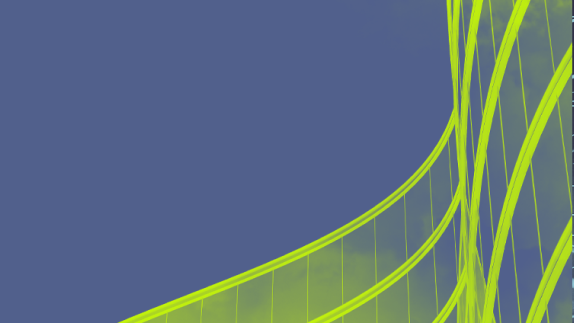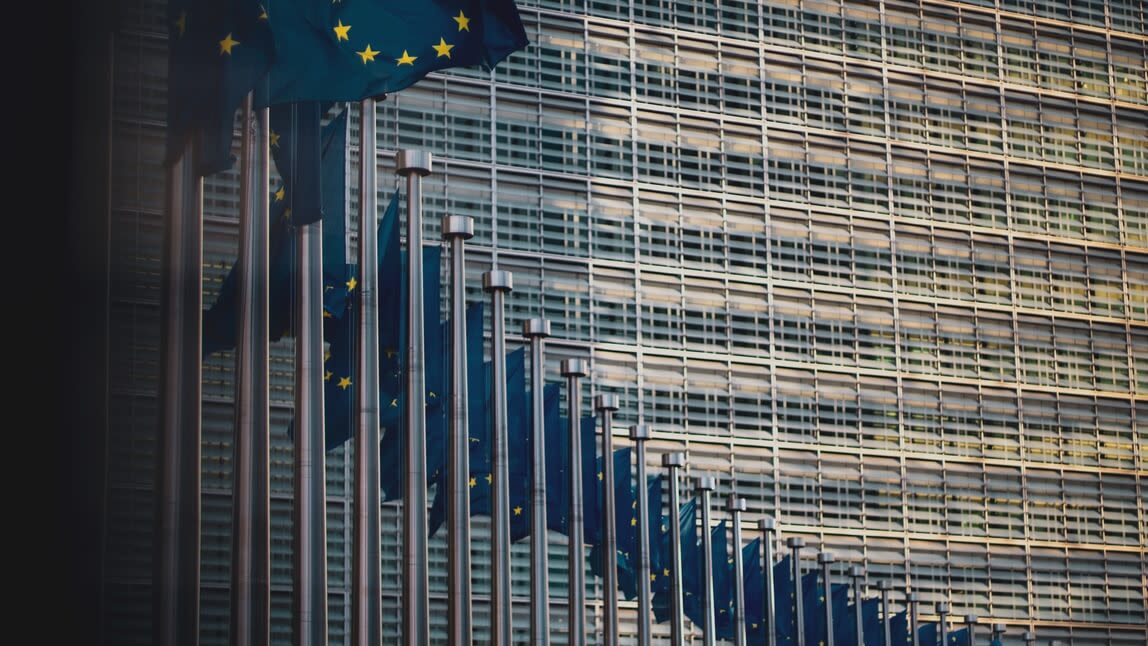Europe’s current, linear, growth model depends on finite resources, exposing countries to resource volatility, limited gains in productivity, and huge loss of value through waste.
Our 2015 report Growth Within identified that transition to a circular economycircular economyA systems solution framework that tackles global challenges like climate change, biodiversity loss, waste, and pollution. It is based on three principles, driven by design: eliminate waste and pollution, circulate products and materials (at their highest value), and regenerate nature. in Europe could add €900 billion to GDP by 2030, increase household income by €3,000 a year, and halve CO2 emissions compared with current levels.
Businesses, governments, cities and academic institutions have begun to explore these opportunities, and are increasingly engaging in circular economy collaboration and innovation.
Today’s wasteful, linear economy is broken. Our research in Europe shows how shifting to a circular economy could bring new opportunities for innovation, growth and resilience.
Dame Ellen MacArthur
What is the EU Doing About the Circular Economy?
Published: 7th October 2019
The European Commission has been working on a collection of policies as part of the European Union's (EU) circular economy package for the best part of four years. But what has that actually involved, and what's next?
Emmanuelle Maire works at the European Commission in Brussels, in the Directorate general for Environment (DG ENV). She heads the team responsible for Sustainable Production, Products and Consumption, the core activity of which is to support the transition to a circular and green economy in the EU. Her position allows her to share a near unique perspective on the issue.





